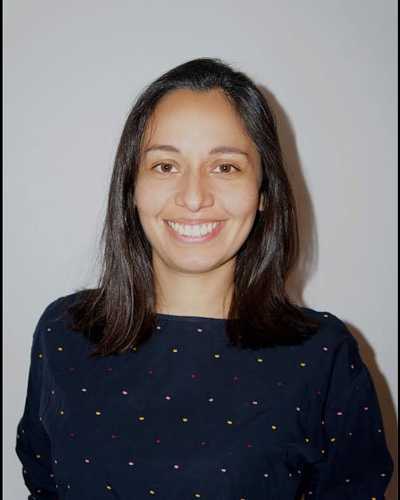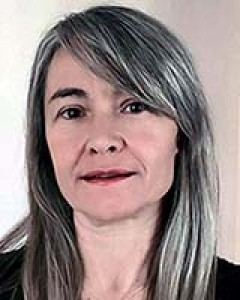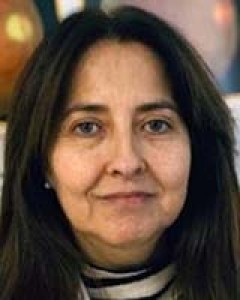Now published, see the full article 
Early Abstract:
Introduction: Diabetic retinopathy (DR) is the leading cause of blindness in working-age adults in most developed countries. Early diagnosis and early treatment for retinopathy can reduce the incidence of severe loss vision in a high percentage of sight-threatening DR. However, sight-threatening DR is asymptomatic in a high percentage of patients and no more than 50% of the diabetic patients are reviewed periodically in ophthalmology, mainly in rural areas. Telemedicine facilitates the exchange of information among professionals, preventing patients who live in remote rural areas from making unnecessary journeys. The survey of satisfaction is a highly useful quantitative instrument to obtain information directly from the users of a screening programme.
Objectives: On the one hand, the aim of this study has been to determine the prevalence of DR in a sample of diabetic patients from a rural area of Spain and to classify DR patients according to the type and severity degree of this complication of the disease. On the other hand, the main target has been to evaluate the degree of satisfaction in both diabetic patients and professionals with a teleophthalmology-based screening programme of DR.
Methods: A sample of 114 diabetic patients included in a new teleophthalmology programme for the screening of DR in Castilla y León were asked to take part in a presential survey designed to evaluate the degree of satisfaction. This sample was obtained through a consecutive non-probability sampling technique, out of a total of 752 diabetic patients who underwent a retinography screening programme in a distant rural healthcare centre. The survey assessed aspects related to the information about the programme the patients received, the organization of the centre, the way the test was conducted and the reception of the results. All the included participants consented to participate in this study. Additionally, an anonymous survey was conducted via email. The sample was made up of 10 professionals responsible for taking the retinal images from the patients included in the study. This survey assessed their degree of satisfaction with their training, the way the test was carried out, the support from their managers and how this activity influenced their relationship with their patients.
Results: A high percentage of patients with DR in our sample had a form of sight-threatening retinopathy (29.4%), which in this programme is a criterion of referral to be assessed by an ophthalmologist. Of the surveyed patients, 93.8% scored 8 points or higher for their degree of general satisfaction with the activity. All of them claimed they would prefer to continue their exploration at the healthcare centre instead of going to the hospital. As regards the professionals, 70% scored 8 points or more in terms of their degree of general satisfaction with the activity, whereas 20% scored between 5 and 7. One professional did not respond the question. Finally, 90% stated that they would continue performing the activity, while the remaining 10% answered no.
Conclusions: According to the high percentage of patients diagnosed with vision threatening DR in our study, an early diagnosis of this complication of diabetes seems to be important. Teleophthalmology enhances patient accessibility to the healthcare system, making early diagnosis of DR easier, with a high degree of satisfaction among patients and healthcare professionals.





